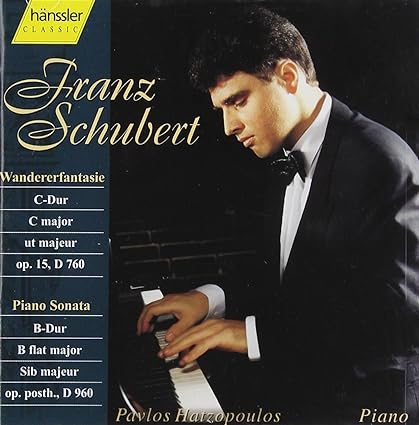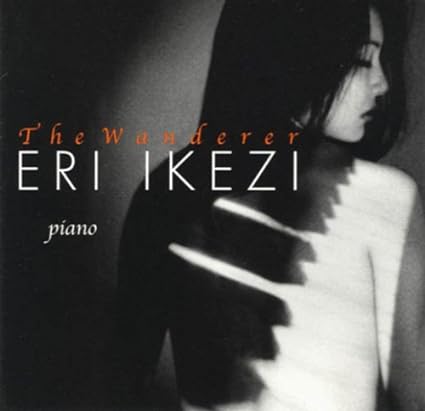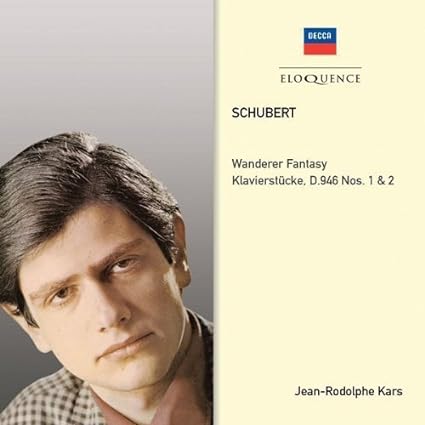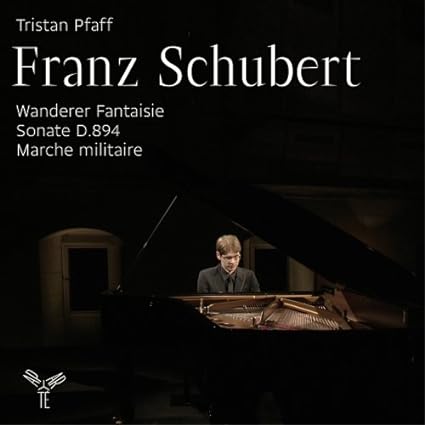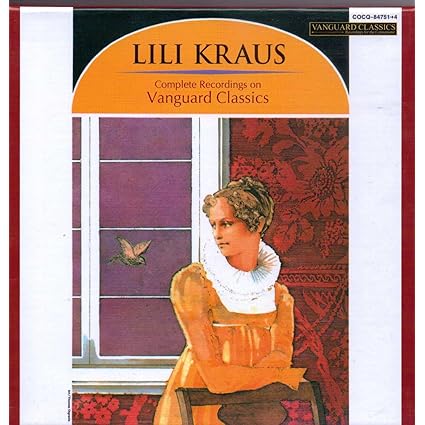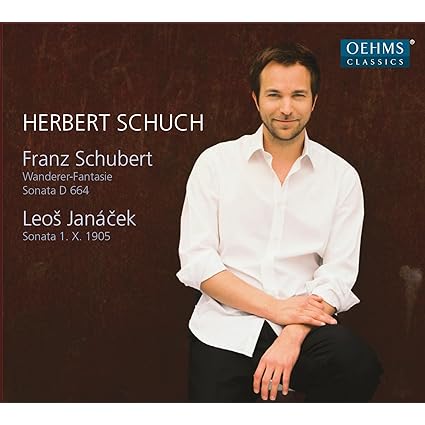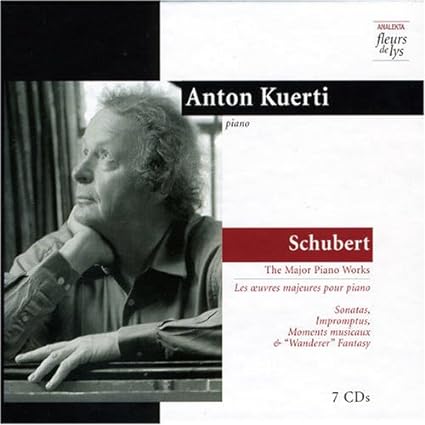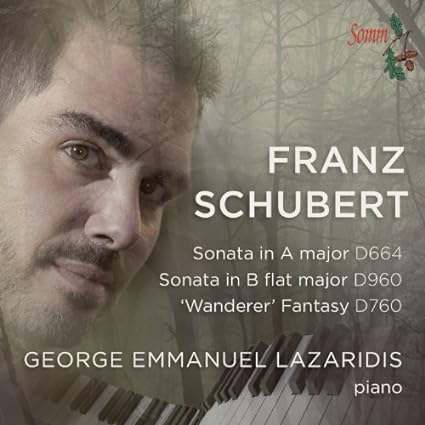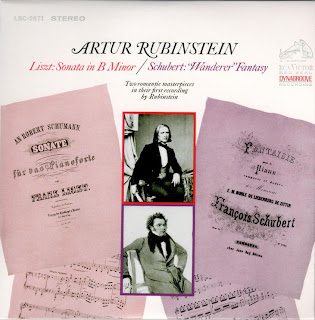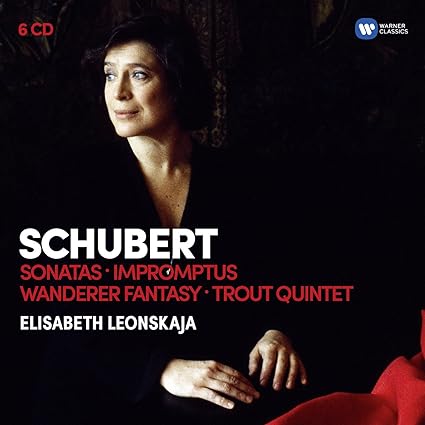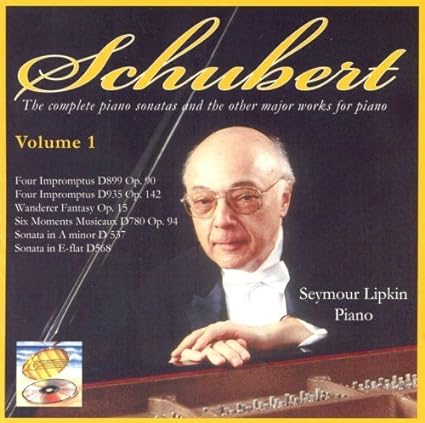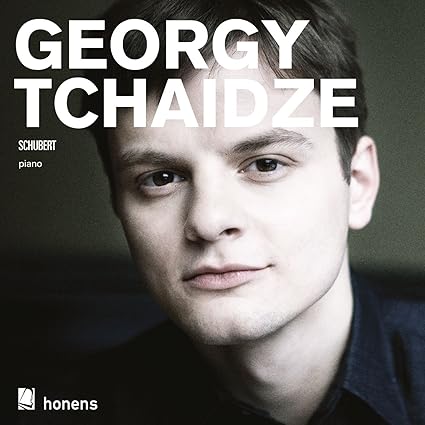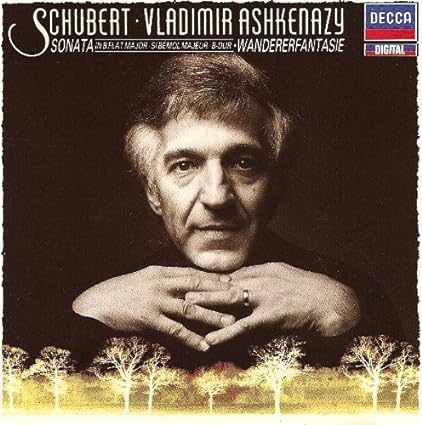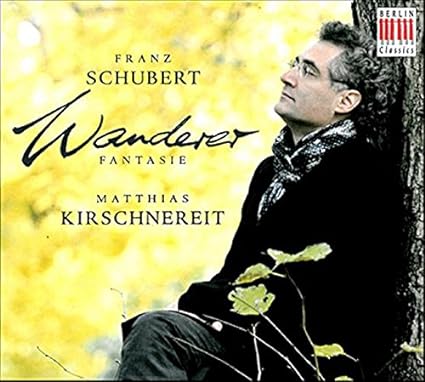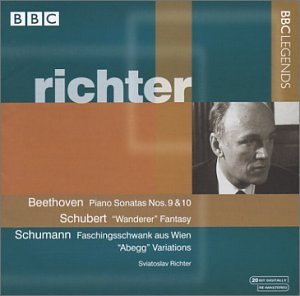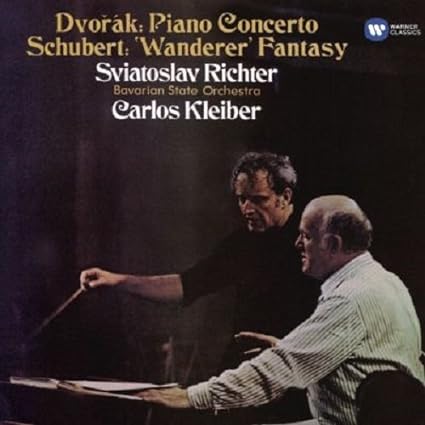Jean-Rodolphe Kars. I wanted to get a decent array of versions in before revisiting a recording that has been a favorite since I first heard it in 2014. Kars starts off the Allegro con fuoco a bit slow, a bit deliberate, and loud, though not imposingly so. The playing does sound serious and purposeful and lyrical enough. Even in pretty old sound by today's standards, one can appreciate Kars' dynamic terracing and clarity. Nice. Much better than nice, and where Kars is at his absolute best, and where he is unsurpassed, is in the pianissimo playing. He goes slow, but not too slow, and he plays with differing dynamics, typically allowing the melody to take precedence, and he creates a simultaneously fantastic and profound and almost dreamy sound. As such, it is in the
very slow Adagio that Kars shines. The section starts off dark and very much in an end of
Winterreise style in the theme, and then it just gets better in the hypnotic and deliberate – in the best attainable way – playing. Kars suspends time. (He does it even better in the second movement of D946 from the same disc.) True, the fortissimo outbursts lack the thunder or superficial bite of some other versions, but the effect is more dramatic and darker as played. And the sheer beauty and tenderness of the playing that follows, and the perfectly controlled, anti-virtuosic right hand runs, elevate the music still further. In the second fortissimo climax, Kars does play with greater speed and power, showing that his approach is entirely purposeful. The Presto is fairly conventional and well executed to open, but when the music slows down, Kars slows way, way down, stretching the musical line, using pauses and sustaining single notes and chords in such a way as to take the suspension of time style about as far as it can go. He then picks things up again and then builds up to a closing Allegro that is a bit broad, but deliberate, emphatic, and dramatic in perfect proportion. Overall, not only does the recording hold up after several years, but it's even better in a comparative context.
Amazon UK link:
https://www.amazon.co.uk/dp/B00HT88XV4/?tag=pinkfishmedia-21
